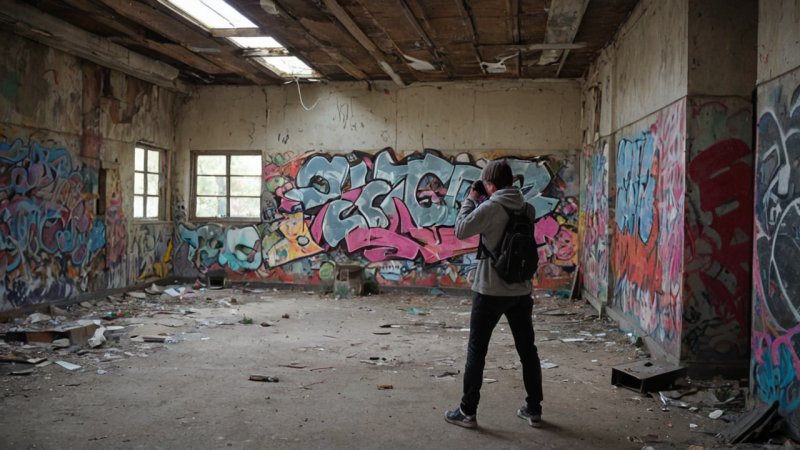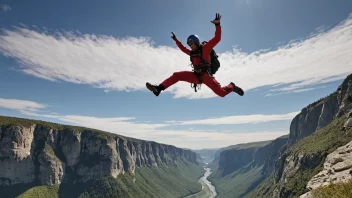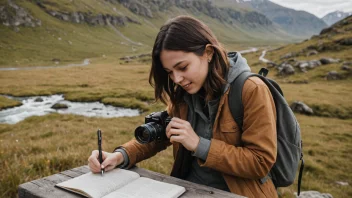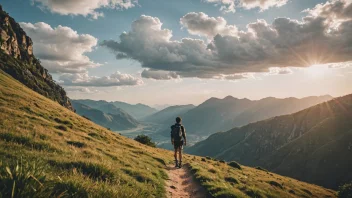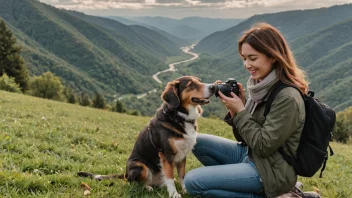Urban exploration, often referred to as urbex, is an adventurous hobby that involves exploring abandoned places, hidden structures, and often overlooked areas in urban settings. This article will guide you through the steps to embark on your own urban exploration journey, from planning and safety to finding unique locations and documenting your discoveries.
Step 1: Research and Plan Your Exploration
Before you hit the streets, it’s essential to do some research. Urban exploration can involve visiting abandoned buildings, hidden tunnels, or forgotten neighborhoods, so planning is crucial.
- Identify Locations: Use forums, social media groups, and local urban exploration websites to find popular spots in your area.
- Check Local Laws: Ensure you understand the legalities surrounding urban exploration in your city. Some places may be off-limits, and trespassing can lead to fines or legal trouble.
- Gather Information: Learn about the history of the places you plan to visit. Knowing the background can enhance your experience and help you appreciate the location more.
Step 2: Assemble Your Gear
Having the right equipment is vital for a successful urban exploration. Here’s a list of essential gear you should consider:
- Camera: Capture your findings with a good quality camera or smartphone.
- Flashlight: Many urban exploration sites are dark and poorly lit.
- First Aid Kit: Safety should be your top priority. Carry a basic first aid kit for minor injuries.
- Appropriate Clothing: Wear durable clothing and sturdy shoes. Consider weather conditions and dress accordingly.
- Backpack: To carry your gear comfortably.
Step 3: Explore Responsibly
When you arrive at your chosen location, remember to explore responsibly. Here are some guidelines to follow:
- Respect Property: If a place is marked as private or restricted, do not enter.
- Leave No Trace: Take your trash with you and do not disturb the site. Leave everything as you found it.
- Be Cautious: Abandoned sites can be dangerous. Watch for unstable structures, sharp objects, and hazardous materials.
Step 4: Document Your Experience
Recording your findings not only allows you to share your adventures but also helps preserve the history of these locations. Here’s how to document effectively:
- Photography: Take plenty of photos from different angles. Capture details that tell a story.
- Journaling: Write about your experiences, feelings, and the history of the place. This adds a personal touch to your exploration.
- Share Responsibly: If you choose to share your findings online, be cautious not to disclose specific locations to avoid vandalism or unwanted attention.
Step 5: Connect with the Community
Urban exploration can be more enjoyable when shared with others. Consider engaging with fellow explorers:
- Join Forums: Participate in online communities to exchange tips and stories.
- Attend Meetups: Look for local urban exploration groups that host meetups or guided tours.
- Follow Others: Connect with experienced urban explorers on social media for inspiration and advice.
In conclusion, urban exploration is a thrilling way to discover hidden gems in your city while connecting with its history. By following these steps—researching locations, assembling the right gear, exploring responsibly, documenting your findings, and engaging with the community—you can ensure a safe and rewarding experience. Remember, the key to successful urban exploration is to respect the places you visit and to promote awareness of their historical significance.
